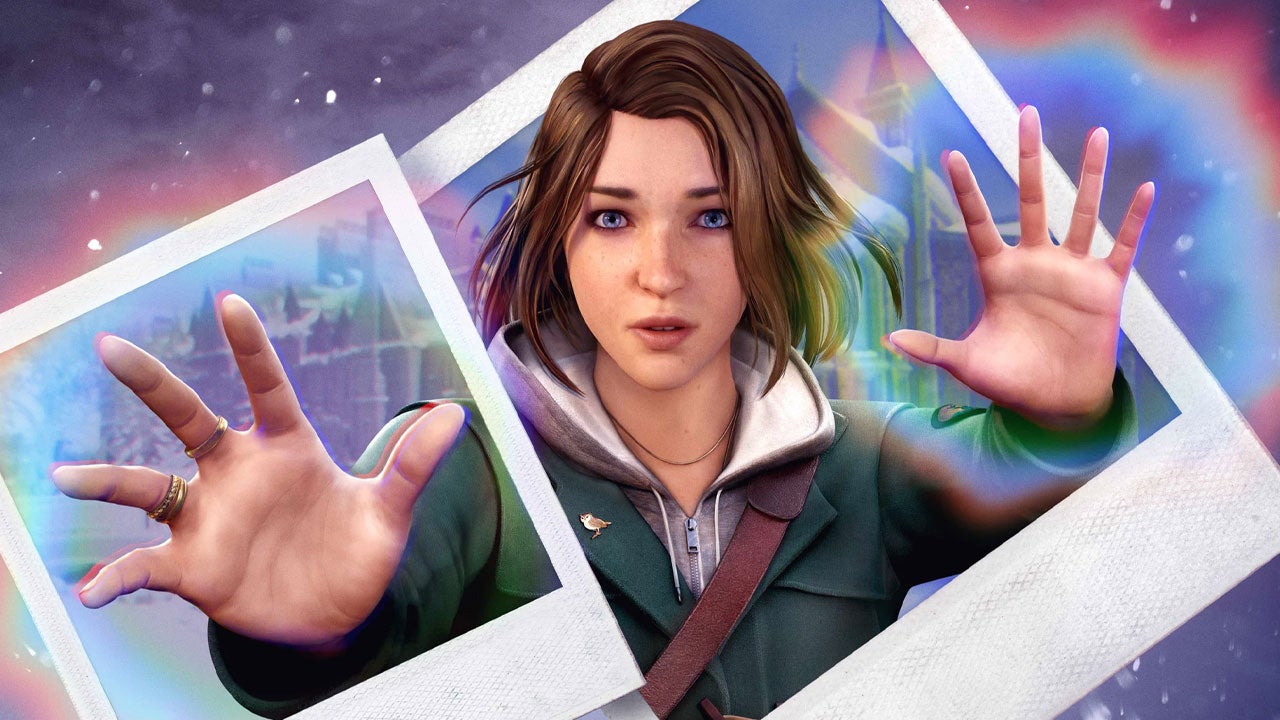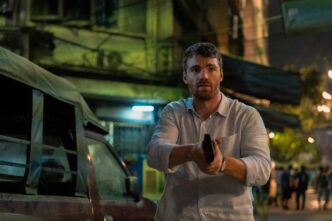Reintroducing us to Max Caulfield nearly a decade after her harrowing days at Arcadia Bay, Life is Strange: Double Exposure feels both like a reunion and a quiet rebirth. Now in her late twenties, Max has traded Blackwell Academy for Caledon University, where she’s the artist-in-residence and, despite years passed, still haunted by past choices and ghosts. She may no longer wield the rewind powers that once defined her, but life soon hands her a new, more challenging reality-bending ability that brings a fresh twist to the series’ hallmark of choice and consequence. What unfolds in Double Exposure is a journey that, much like its protagonist, has matured, uncovering new dimensions both literally and metaphorically.
A World Split in Two
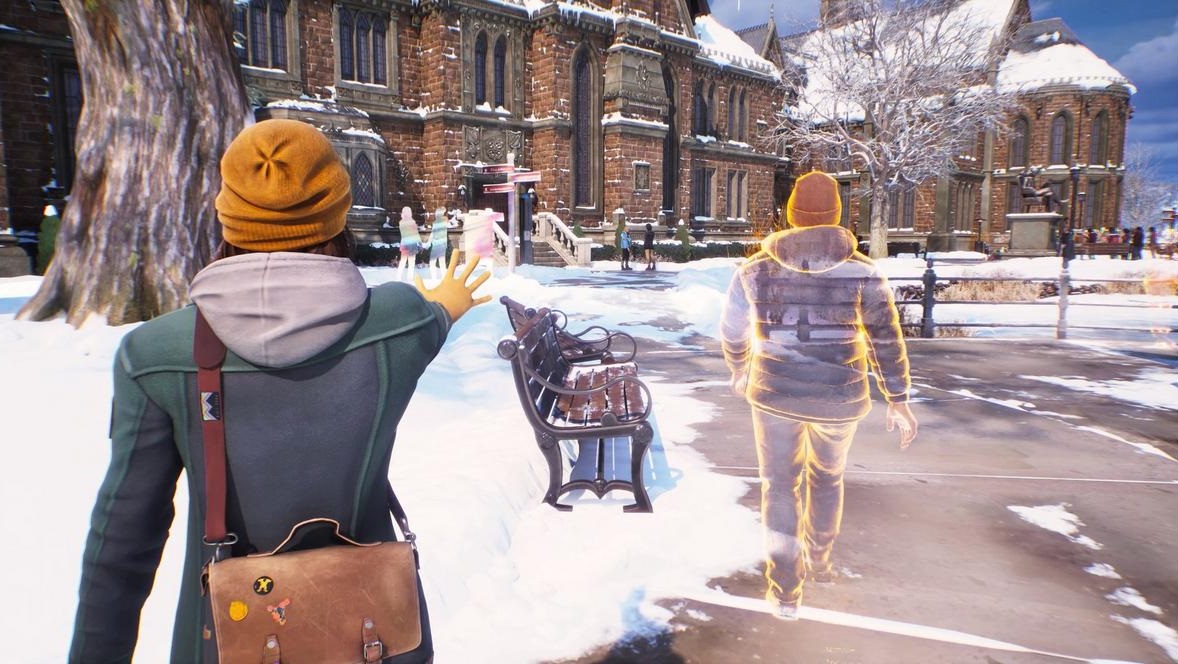
Max’s new power allows her to toggle between two distinct timelines—one where her friend Safiya is alive, bathed in warm tones and holiday lights, and another where the world is colder, forever mourning Safiya’s tragic death. This dual-reality setup introduces us to Caledon’s shifting world, where one moment Max wanders among cheerfully decorated halls, and the next, she’s in a starker, somber version of the same world. While Double Exposure does explore its timelines with engaging puzzles, the novelty occasionally wanes, as the mechanic could be leveraged further to expand the narrative complexity. The contrast between worlds gives players insight into the fragile threads connecting relationships and memories, but one can’t help but wish for more sequences like the intensity of Chapter 2, where Max’s interdimensional interactions create some of the game’s standout moments.
Retreading Familiar Paths
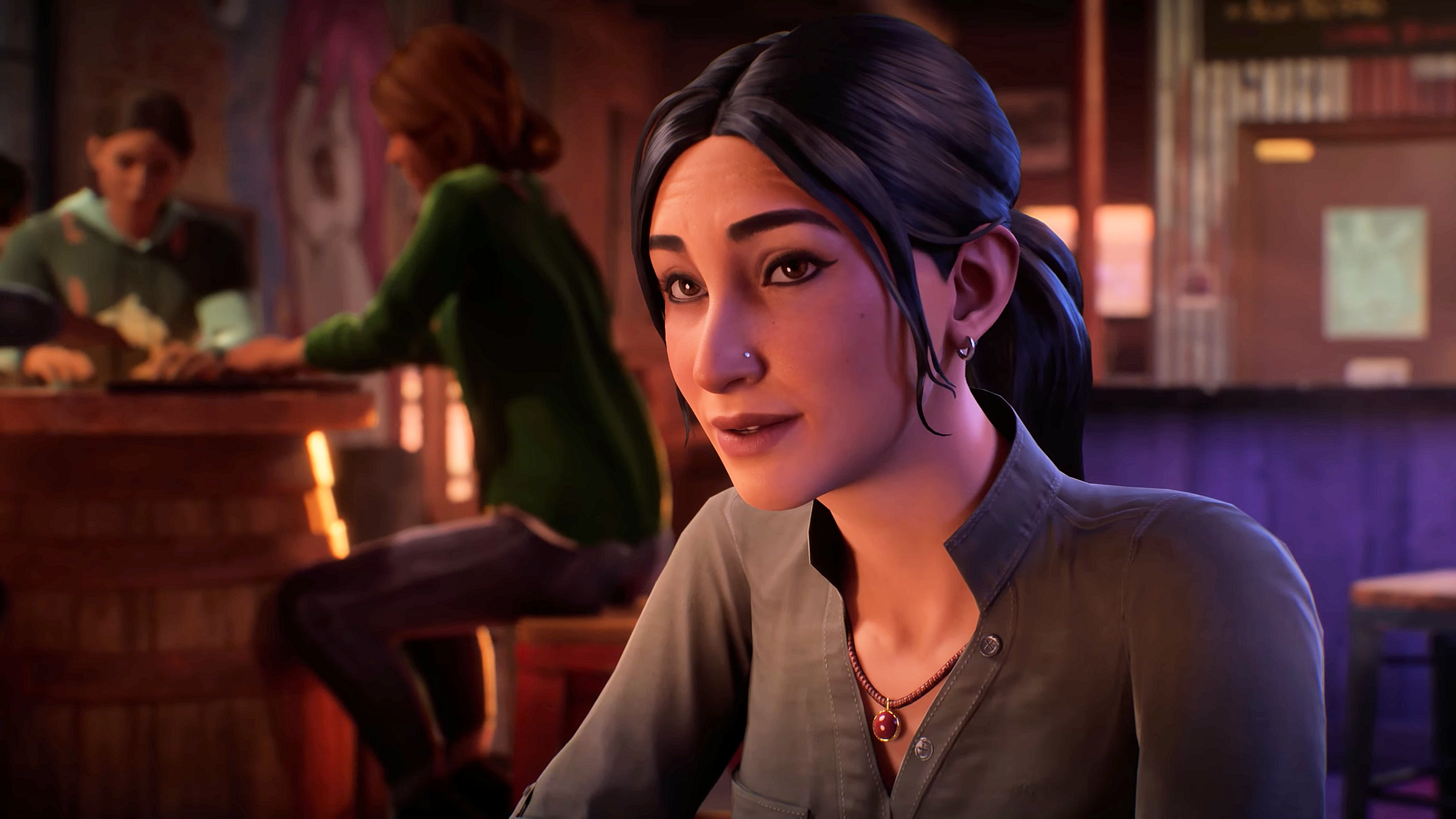
Much like Life is Strange has done in the past, Double Exposure begins with a shock—Safi’s death. This sudden loss compels Max back to a place of self-reflection, but it’s not without familiar beats. We have a dead best friend, unresolved traumas, and secrets lurking within the university, all of which echo the darker, contemplative tones of Life is Strange. Max’s friends now include Safi’s sibling Moses, an astrophysics graduate student, and Amanda, the local barkeep. Though their characters contribute to Max’s emotional journey, some of the supporting cast feel underutilized, and their story arcs lack the full exploration they deserve. The dual narrative setup divides their presence between the timelines, leaving intriguing character moments to go slightly underdeveloped.
Safiya, the university president’s insightful daughter, feels like a blend of Chloe’s intensity and Kate’s quiet resilience. But her backstory, brimming with potential, is rushed in its later stages, and the emotional payoff we would hope for never quite lands as effectively as it might.
Amanda, the likable yet guarded bartender, and Vinh, the mysterious student drawn to Max, add further layers, yet their contributions are often sidelined in favor of the central plotline. It’s a shame, as these characters could have provided a more nuanced counterpoint to Max’s struggles.
Navigating the Past and Present
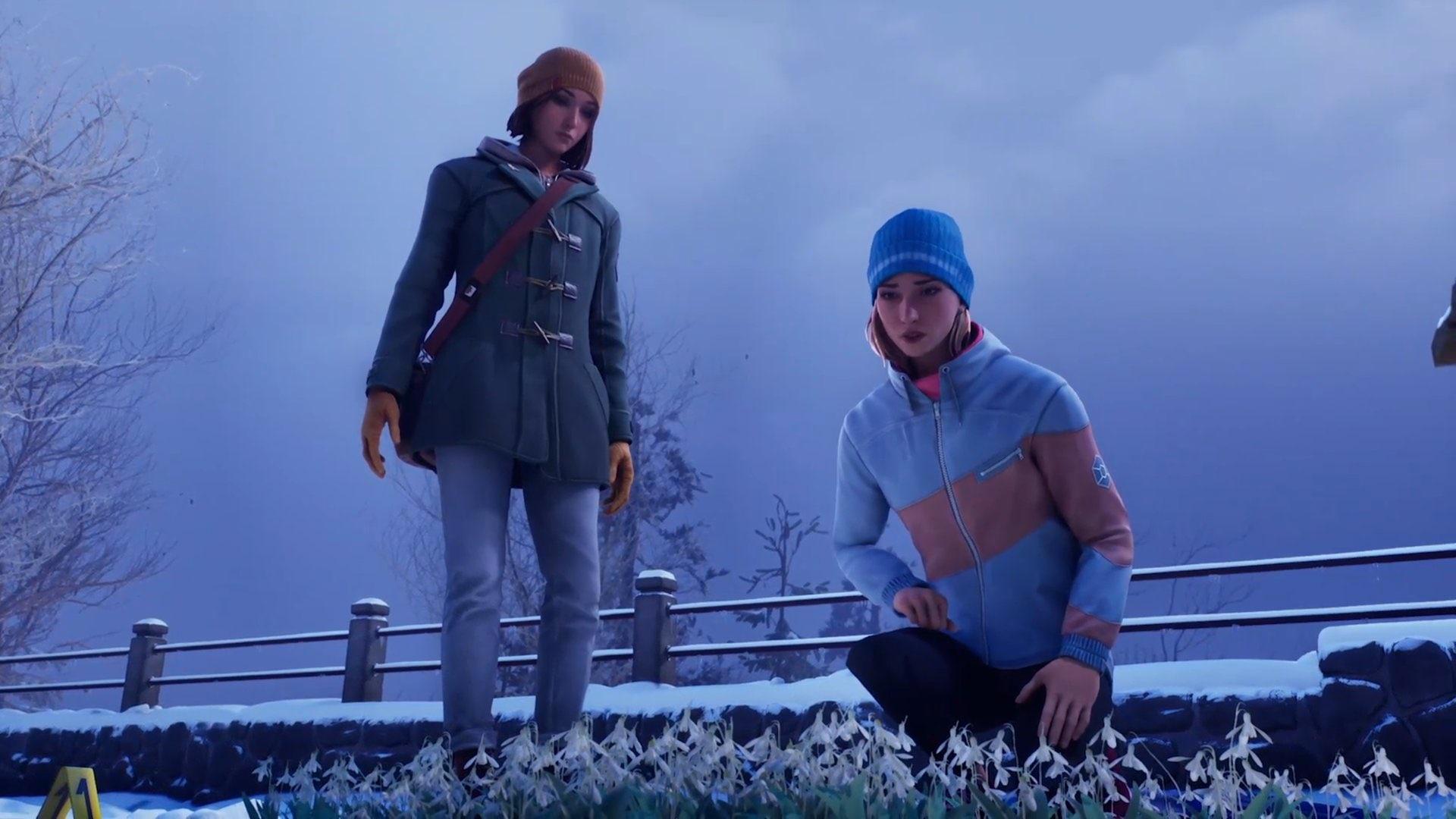
One area where Double Exposure shines is in its delicate handling of Max’s trauma. Moments from her time in Arcadia Bay seep into her current world, from haunting flashbacks to memories of the storm and echoes of Chloe’s presence.
The game’s writing acknowledges her loss without rehashing the specifics of Arcadia Bay, offering glimpses into Max’s healing process. For players familiar with Max’s tragic choice at the end of the original game, the narrative provides both closure and continuity, treating her past as a lived experience she’s learning to carry without it defining her entirely.
There’s an emotional maturity to Double Exposure that resonates, especially as Max grapples with moving forward while honoring her history. The game doesn’t shy away from her raw, often contradictory emotions, balancing nostalgia with growth in ways that make her character more compelling than ever. At moments, she retreats from the world, overanalyzing her actions or struggling with feelings of guilt—a realistic portrayal of someone still haunted by past choices but striving to embrace new beginnings.
Dual Realities and Missed Opportunities
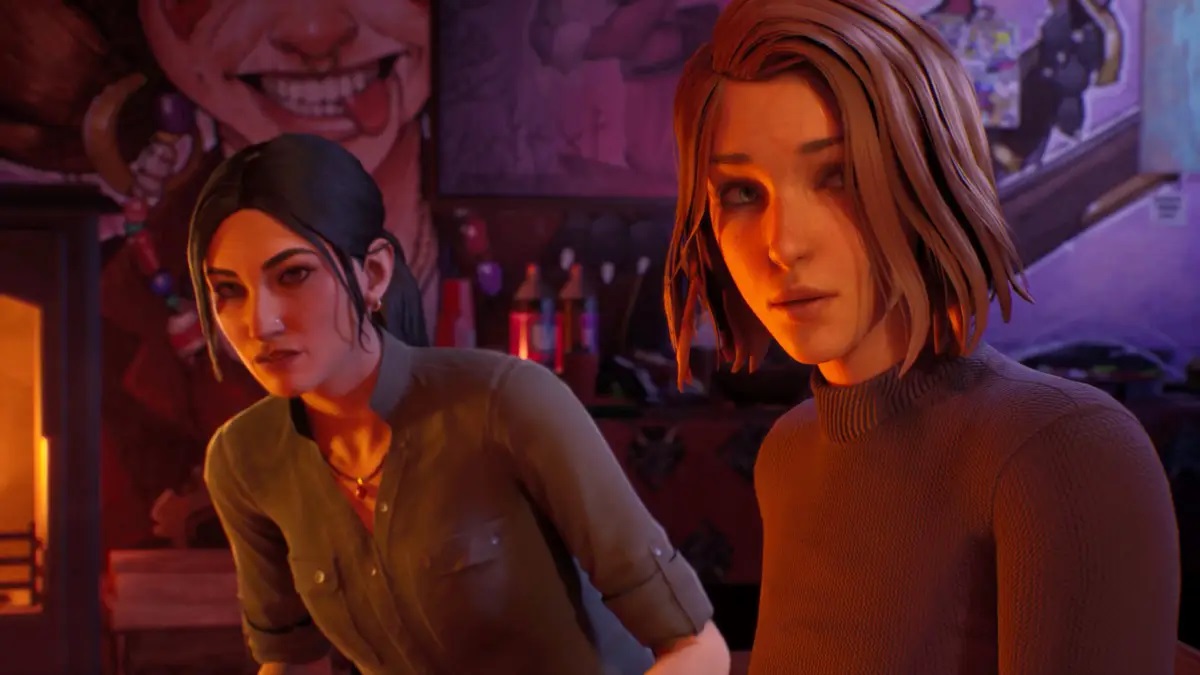
At the heart of Double Exposure is its gameplay mechanic, the dual-timeline exploration. The thrill of moving between two realities enriches the story, with Caledon University transforming between timelines—a vibrant hub of activity in one and a somber reflection in the other. The mechanics hit their stride during specific puzzles and stealth sequences, particularly in the earlier chapters, where Max must navigate cleverly to avoid detection by using both worlds strategically. However, while the game’s setup promises an intricate journey, it falls short of fully utilizing the timeline mechanic beyond the occasional puzzle-solving.
One recurring issue is the audio cue that signals Max’s power use, an intense, high-pitched sound that mirrors her anxiety but can become distracting. The idea is immersive in theory, matching her headaches, but in practice, it may overdo the immersion.
Paired with inconsistent sound mixing in conversations, it sometimes detracts from the overall experience, particularly when trying to follow conversations crucial to worldbuilding. Random side dialogues in the background—professors discussing administrative issues, students debating over campus games—add depth but often get drowned out or come in too softly, breaking the immersion.
Character Study, Growth, and Genuine Depth
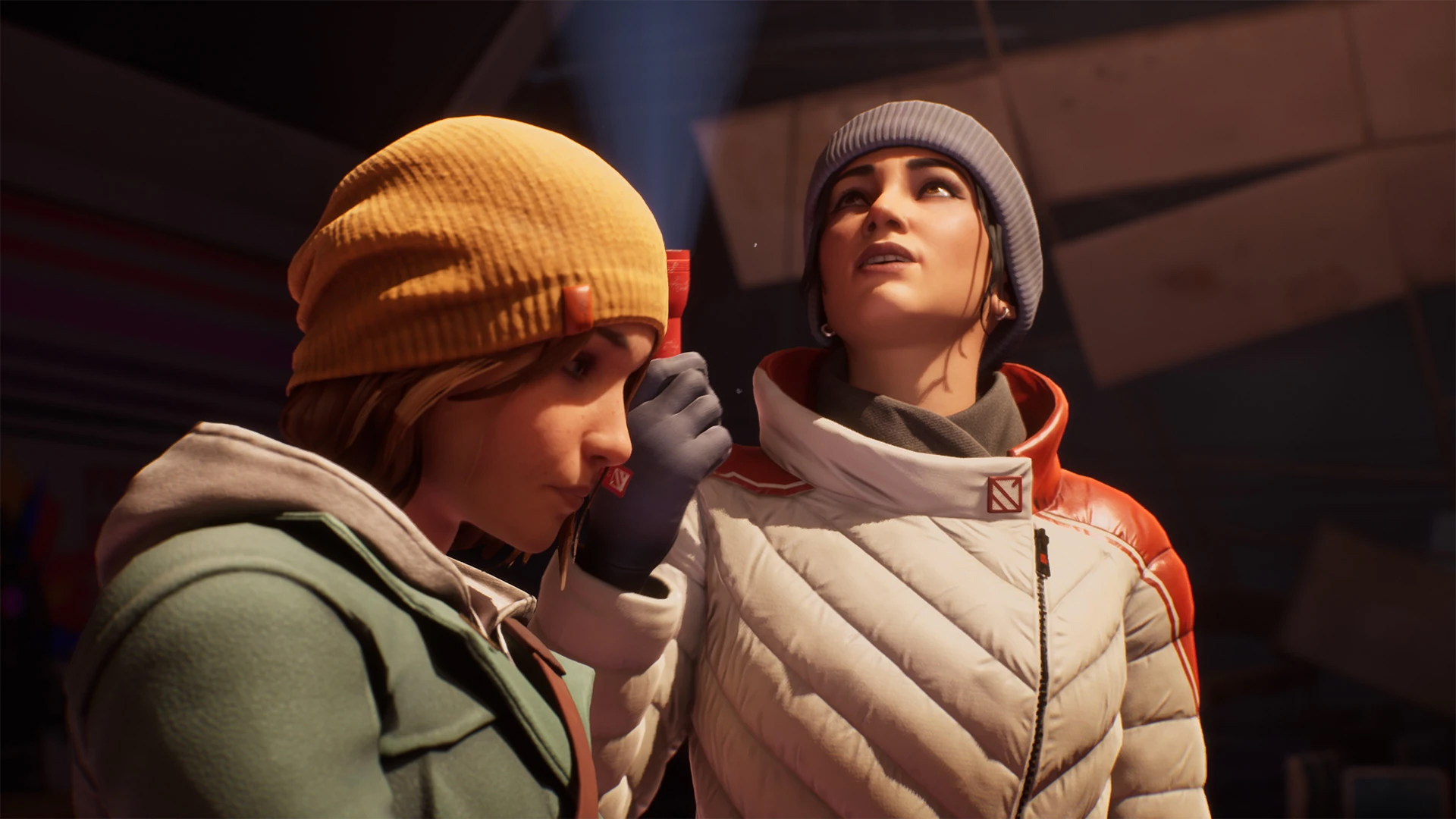
In Double Exposure, Max’s growth shines, enhanced by outstanding facial animations that capture every nuance of her emotion. Her subtle smiles, doubtful frowns, and introspective moments convey a realistic, mature side we hadn’t seen before. The series has always been known for its impressive character expressions, but this installment raises the bar. Watching Max react to her new reality, torn between the life she knew and the one unfolding before her, gives players an intimate glimpse into her world.
While the original Life is Strange framed Max’s identity through her friendships, Double Exposure is more about her personal journey and inner conflict. She’s still connected to people, but they aren’t the defining force in her life.
Safi’s tragic death rekindles Max’s sense of purpose, driving her to use her powers responsibly—a marked evolution from her earlier self. It’s also a refreshing shift to see Max’s character align with her sexual identity more overtly, as she’s given options to pursue relationships that feel authentic and balanced, moving beyond the “will they, won’t they” dynamic of her friendship with Chloe.
Setting the Stage for What’s Next
Double Exposure treads carefully around the series’ established lore, with subtle references to Arcadia Bay’s events providing continuity without feeling overbearing. For fans who’ve long speculated about Max’s potential and her future, the game offers hints of a larger narrative arc that might unfold in future sequels. There’s a mystery bubbling beneath the surface of Max’s power, suggesting untapped potential and unseen consequences, and while the game doesn’t fully explore these implications, it plants intriguing seeds for future installments.
Still, this approach occasionally limits the impact of Max’s decisions on the larger plot, as choices affect minor subplots more than the main narrative. Double Exposure does well to give players a sense of control, but it’s clear that the primary storyline remains mostly linear.
The game leaves questions about Max’s abilities and her place in this world unanswered, creating an open-ended conclusion that hints at more, yet feels satisfying in its own right.
A Beautifully Crafted Experience
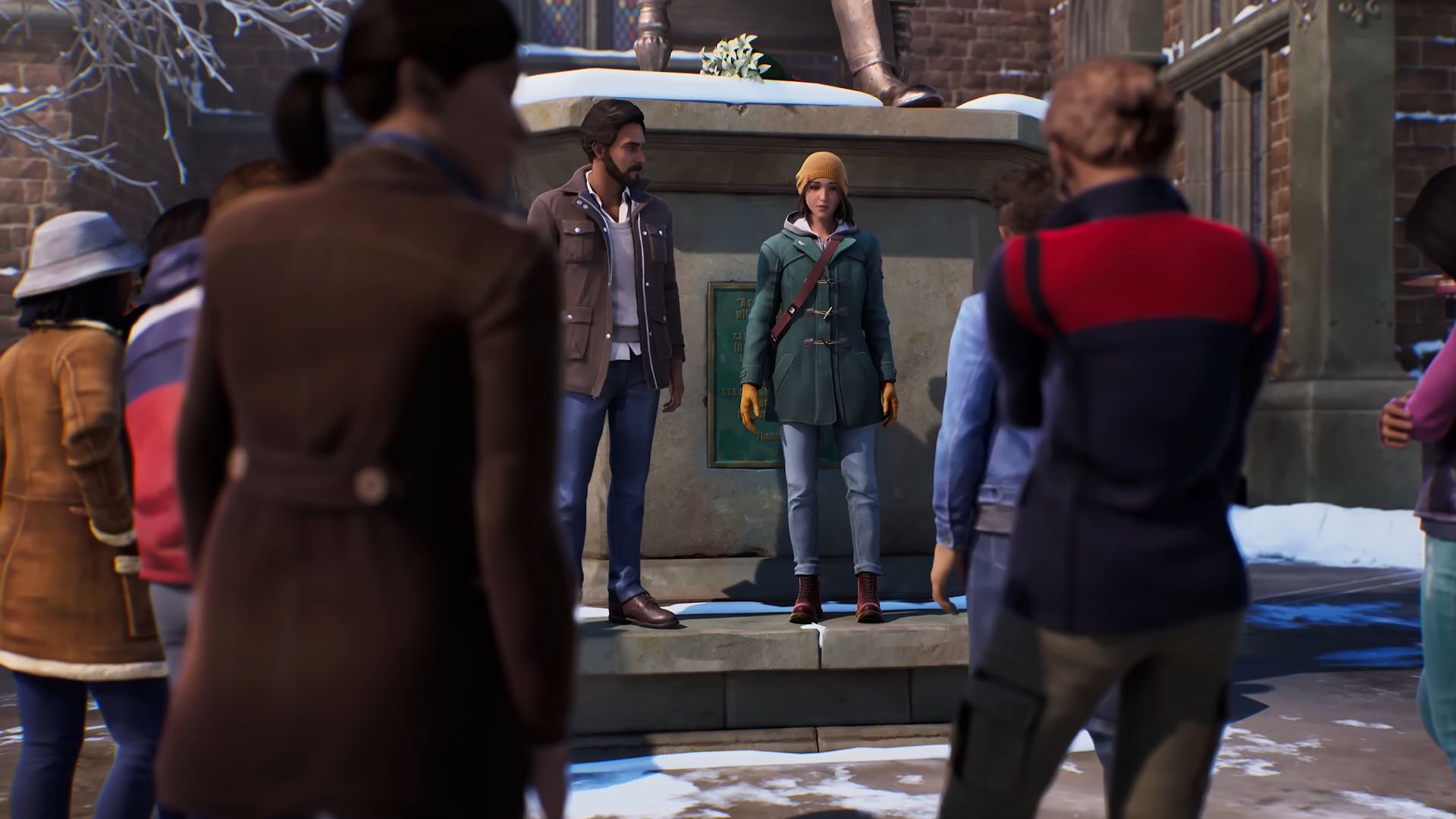
Visually, Double Exposure excels in conveying Max’s reality through meticulous details, from the snowy, ivy-covered architecture of Caledon University to the cozy warmth of the Snapping Turtle. The lighting, color palette, and atmospheric soundtrack—composed by Tessa Rose Jackson—are all crafted with care, amplifying each moment of nostalgia or tension. The game’s cinematography, with sweeping shots and clever angles, frames Max’s journey beautifully, adding an almost cinematic quality to the experience.
Despite its occasional narrative and audio missteps, Double Exposure manages to capture the spirit of Life is Strange while allowing Max to stand on her own, untethered from her past and poised for growth.
This balance between homage and innovation makes Double Exposure more than a sequel—it’s an introspective journey that brings new life to the series, showing us Max as she’s never been seen before.
Final Thoughts
For fans of the series, Life is Strange: Double Exposure brings Max Caulfield’s journey full circle, offering a thoughtful, poignant exploration of her character’s growth and resilience. Though it may lack the tightly woven plot twists of its predecessors, the game’s dedication to intimate storytelling and immersive worldbuilding is undeniable. With its dual realities, deeply human relationships, and quiet moments of reflection, Double Exposure is an experience that honors the past while hinting at a promising future. In the end, this installment isn’t just about surviving loss—it’s about redefining what it means to live, love, and hope.
